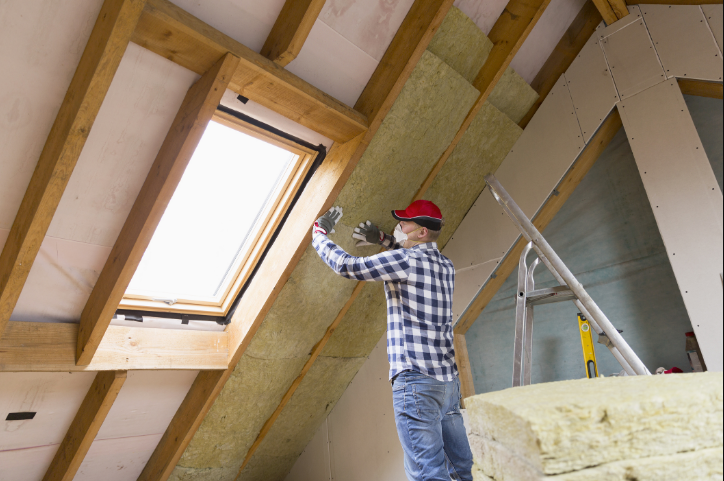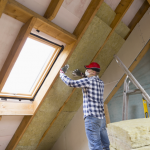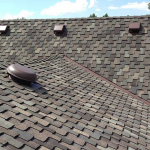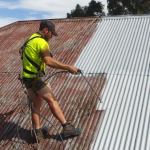Ceiling Insulation – Things You Should Know Before Buying

There are four basic types of ceiling insulation available in the home: blanket fill, spray foam, loose foam, and rigid foam. Blanket fill ceiling insulation is an open-cell type of insulation, which can be filled with fiberfill or other synthetic fill.
Foam
Spray foam and fill foam are also known as expanded polystyrene foam, polyurethane foam, and expanded natural fiberfill. These two are more expensive and harder to install than blanket fill. Blanket fill does not use any synthetics and can be used for a wide variety of purposes such as ceiling panels, attic insulation, and as a liner to install under the siding.
Loose-fill foam filled walls are commonly called R-value and R-factor. R-value is measured from 0 to 2020 and is related to the density and insulating value of the material. Foam-filled walls are more expensive than other forms.
Rigid foam is the most expensive types. In a rigid foamed ceiling panel, the foam is injected into the ceiling cavity using pressurized nitrogen gas. The material is expanded and compressed by a dielectric air charge before it hardens. Rigid foam is used on walls and ceilings, but it is more expensive than foam-filled walls.
Budget
For all of these types of insulation types, you will want to get at least three estimates before you make a final choice of foam fill type. Some companies offer discounts when you buy more than one form of insulation and then install them together. Also, some companies offer insulation discounts to contractors who do the installation of their products as well.
If you are a do-it-yourselfer and are handy with tools, you can install foam insulation yourself. If you are not handy, you may want to consider hiring a contractor to install your ceiling panels, attic insulation, or other areas of your home. Before you do that though, make sure to learn how to install a ceiling panel.
Most people can install foam, but it may take some time to install it properly. To ensure it is installed properly, you need to use the appropriate tools to help secure the insulation together with a rigid foam core. {score. Assemble the tools before you start your project with the insulation. and layout the insulation to make sure it is level.
Hiring Professionals
If you are inexperienced, it may be best to hire someone to install the ceiling panels and foam for you, but if you find a contractor is too costly, you may just as easily install the panels yourself. The method to do this depends on the material and the size of the panel.

To install foam core on your ceiling, you need to first cut the insulation foam in half. Once you have done this, you need to then carefully remove the insulating material from the bottom of the board and cut the insulating material off the top of the board. Use scissors to do this.
Next, you need to place the insulation back onto the bottom of the board and place the foam back onto the top. The last thing you want to do is cut the bottom foam away. because you don’t want to cause any damage to your ceiling or the insulation if you need to remove it later.
You should repeat the steps above if you need to install the foam on your attic or any other portion of your home that needs to be insulated. If you do choose to install the foam, do not do the above steps twice or you can create a gap in the insulation that will cause moisture to collect between the insulation and your floors. Once you have installed the insulation, you need to let it dry naturally before sealing it up. A sealant is an option if you do not feel comfortable doing this yourself.
DIY Installation
If you want to install your insulation yourself, you should know that this process can take about four hours or more to install. If you have a long time, you can purchase a professional company to do the work for you. Be sure to keep the walls and ceiling dry at all times, especially if you use electricity. While it is drying, you will need to check to make sure that there are no leaks.
A very important consideration when using foam for your walls is to keep it clean. If you do not clean, you could damage the insulation. This will require the help of a professional to repair if necessary.








